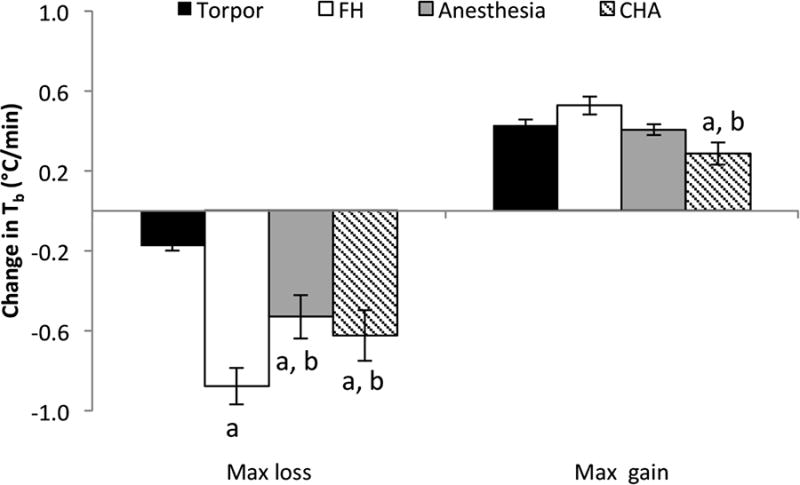Figure 2. The rate of Tb decline into hypothermia was slowest for natural torpor, while the rate of Tb rise from hypothermia was slowest for CHA-treated mice.

Maximal rate of Tb change was identified and calculated in 10-minute windows for each mouse and then averaged per condition. The maximum rate of Tb decline showed 3-4 fold higher rates in isoflurane-anesthesia, FH, and CHA treated mice as compared to torpor. During recovery, the maximum rate of Tb rise in CHA-treated mice was significantly slower the recovery in torpor and FH.
a = p < 0.05 vs. torpor
b = p < 0.05 vs. FH
